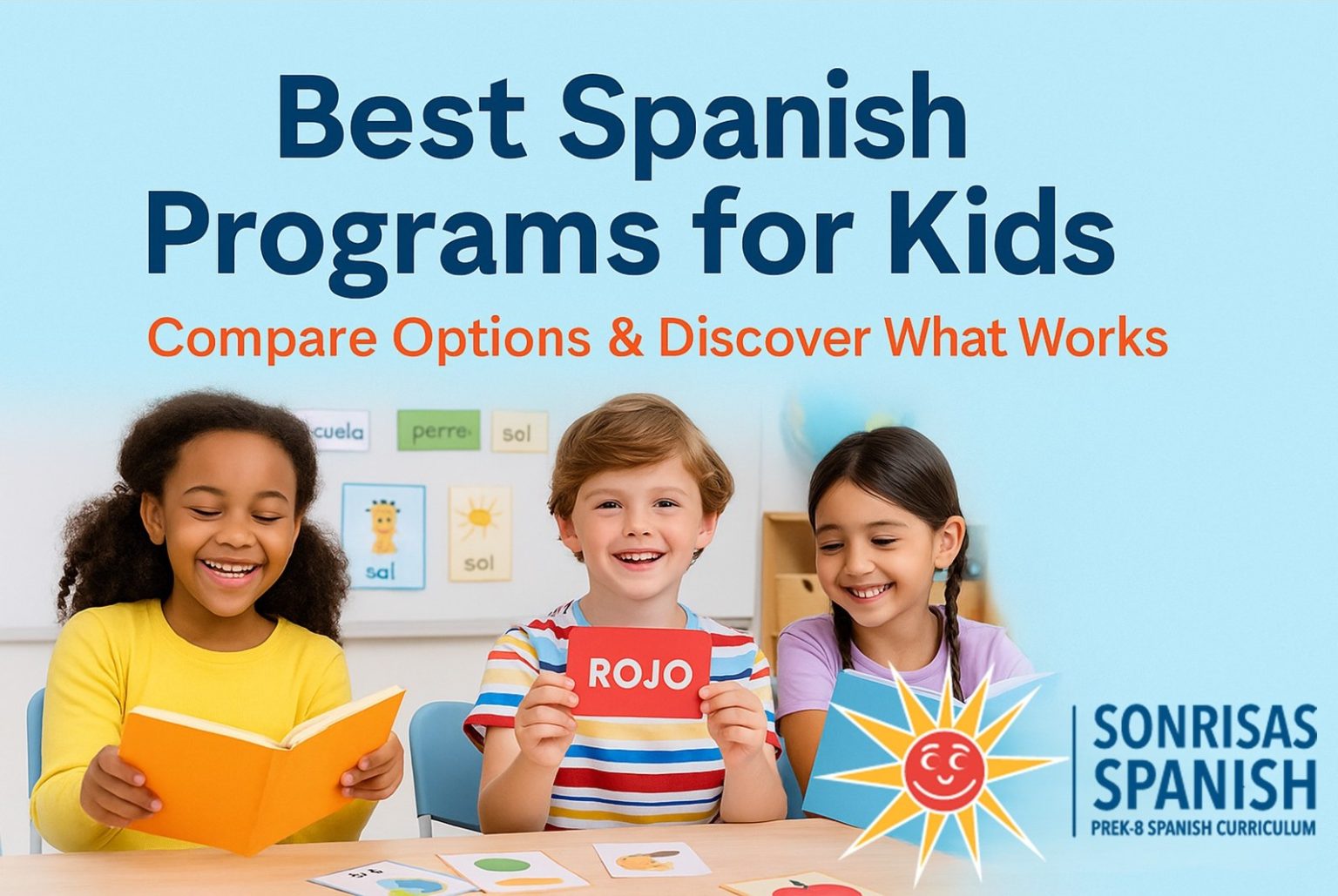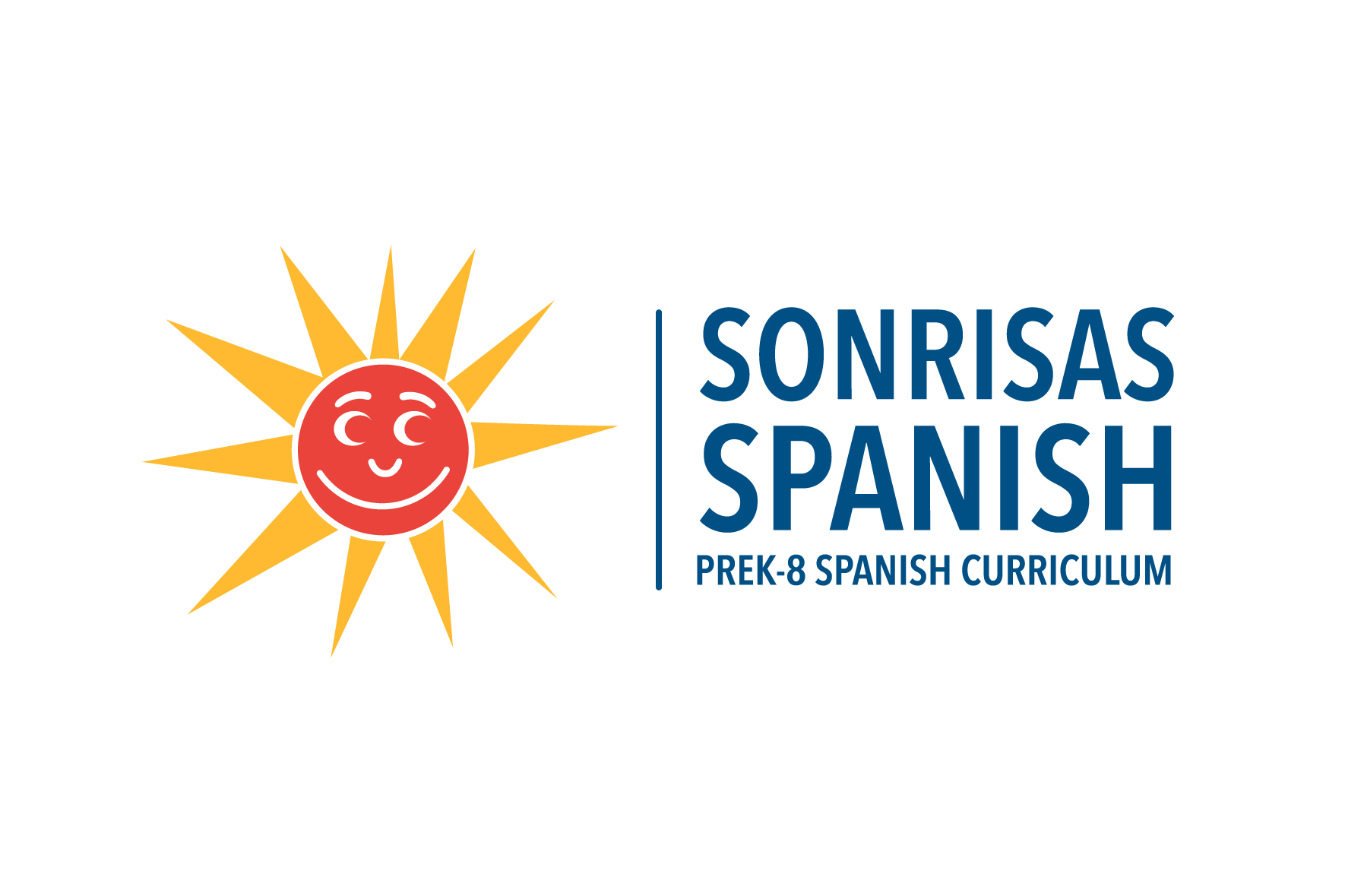
In today’s global society, early language learning is more important than ever. Parents, educators, and school administrators increasingly recognize the cognitive, cultural, and academic benefits of starting Spanish instruction in elementary school—or even earlier.
But with a growing number of language learning options available, it’s natural to ask: What is the best program for kids to learn Spanish?
This guide evaluates the top criteria for effective Spanish instruction for children, explores various program types, and introduces a research-backed solution that has helped thousands of students build fluency while fostering cultural competence.
According to the American Council on the Teaching of Foreign Languages (ACTFL), early language instruction correlates with improved memory, higher academic performance, and enhanced problem-solving skills. Children are naturally equipped to acquire languages, and the earlier they begin, the more native-like their pronunciation and grammatical intuition become.
In addition, the America’s Languages report by the American Academy of Arts & Sciences highlights that early language instruction can lead to stronger academic outcomes and help students develop empathy and cross-cultural understanding.
Not all language programs are created equal. When evaluating Spanish curricula for young learners, educators and parents should look for the following key features:
Research consistently supports the language acquisition model over rote memorization or grammar-heavy approaches for young language learners.
The Canadian neurologist Dr. Wilder Penfield wrote a lot about children’s ability to acquire a second language. He explained that a child cannot learn language in the “classical method,” that is, through grammar, word lists, and translation. He suggests that when using an acquisition model for acquiring a second language the child becomes a “language genius,” because this model is tightly connected to the neurological development taking place in the child’s brain.
Children learn best through multi-sensory, play-based, and interactive methods. The best programs use movement, music, role-play, and art to reinforce language in meaningful contexts. Young learners are adept at making connections between language and their physical bodies. Activities that incorporate physical movement and communication capitalize on the kinesthetic intelligence of children. They also help to keep young, active bodies engaged with lesson content.
Language and culture are inseparable. A strong Spanish program will expose children to authentic cultural practices and perspectives from across the Spanish-speaking world, fostering intercultural competence. The best Spanish programs for kids will include guides that correlate curricular content with intercultural competence.
Effective programs build from year to year, offering an articulated scope and sequence that progresses through the grades. Rather than relying on isolated tools, the best programs provide continuity through structured, long-term instruction.
Programs that include teacher training, comprehensive teacher manuals, and built-in assessments make implementation easier and more successful for teachers at any experience level.
Let’s examine the most common formats for teaching kids Spanish and how they compare.
When looking at the essential features of an effective Spanish learning program for children, Sonrisas Spanish consistently stands out as a comprehensive and proven solution.
Developed by experienced Spanish educators and aligned with the World-Readiness Standards for Learning Languages, Sonrisas Spanish uses an acquisition-based approach that integrates:
Sonrisas Spanish is used in hundreds of schools across the U.S. and has been endorsed by both Spanish teachers and school administrators.
“This is probably the best thought-out and comprehensive curriculum I’ve ever used in my nearly 20 years of teaching Spanish in the classroom, and I’m so enjoying it!”
— Donna Reamey, PreK–12 Spanish Teacher, Toledo, OH
“I love Sonrisas! The material is fun and progressive. Circle time helps students gain confidence. The songs and poems can help recall things learned from earlier grades. My students love the stories and art projects. The portfolio helps parents see how much we cover. Sonrisas is a well thought out program that delivers the goods big time!”
— Jayme Altom, K–6th Spanish Teacher, Altus, OK
The best way for a child to learn Spanish is through an acquisition-based approach that includes immersive experiences, songs, stories, and age-appropriate activities. Programs like Sonrisas Spanish are designed to support natural language acquisition and cultural understanding.
Children can begin learning Spanish as early as preschool. Early exposure takes advantage of their brain’s natural ability to acquire language and often leads to more fluent and confident speakers.
Both have their pros and cons. Comprehensive curriculum programs like Sonrisas Spanish provide for a more pedagogically-sound approach and deeper learning.
Sonrisas Spanish stands out because it combines an acquisition-based methodology with rich cultural lessons, structured scaffolding, and full teacher support. It has been proven and is trusted in hundreds of schools across the U.S.
So, what is the best program for kids to learn Spanish? That depends on your learning environment and goals. For elementary Spanish teachers doing in-person instruction and seeking an effective, culturally rich, and research-supported solution, Sonrisas Spanish stands out as one of the best options available today.


